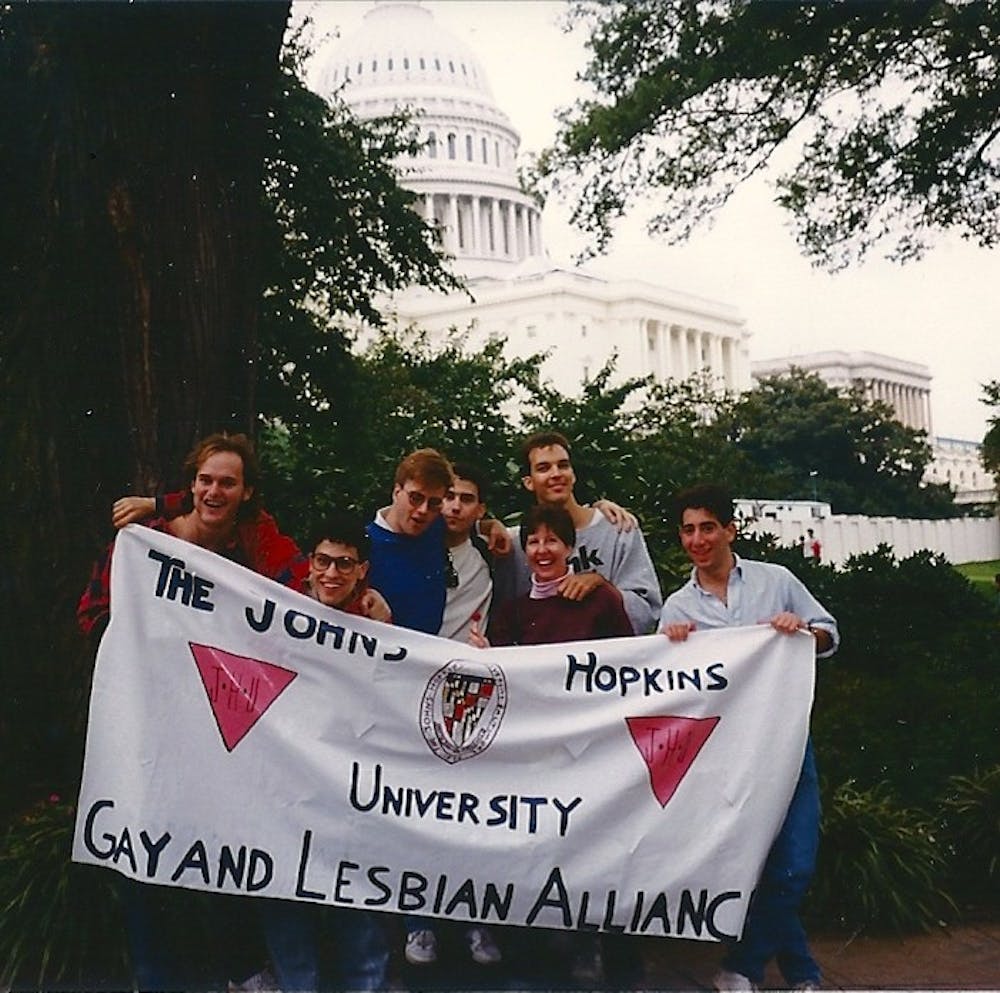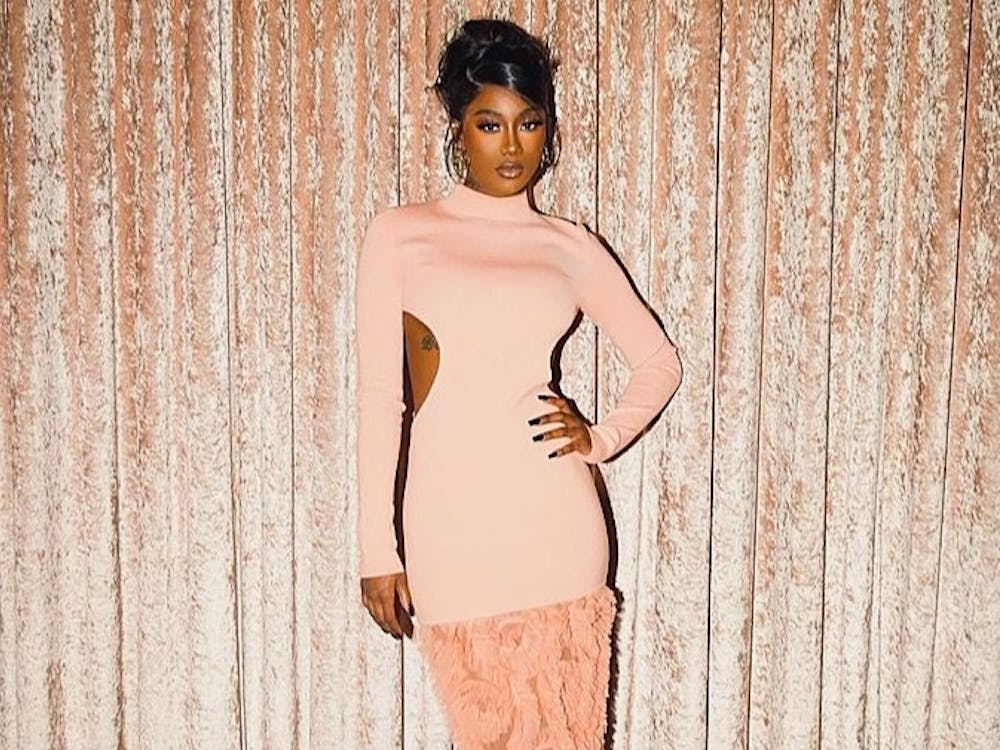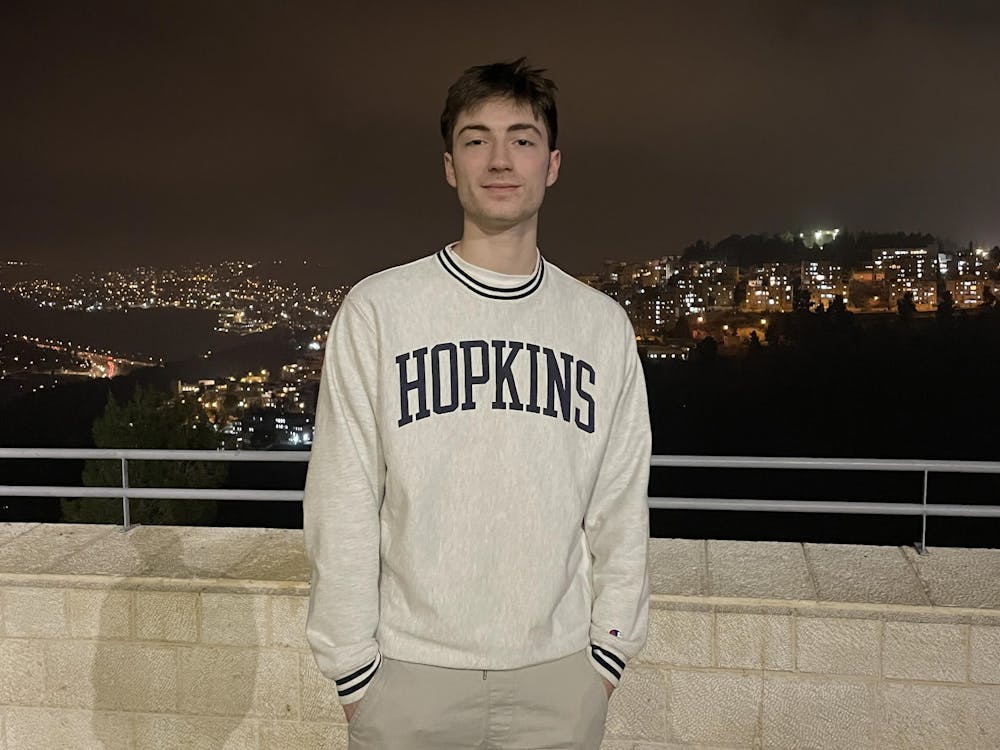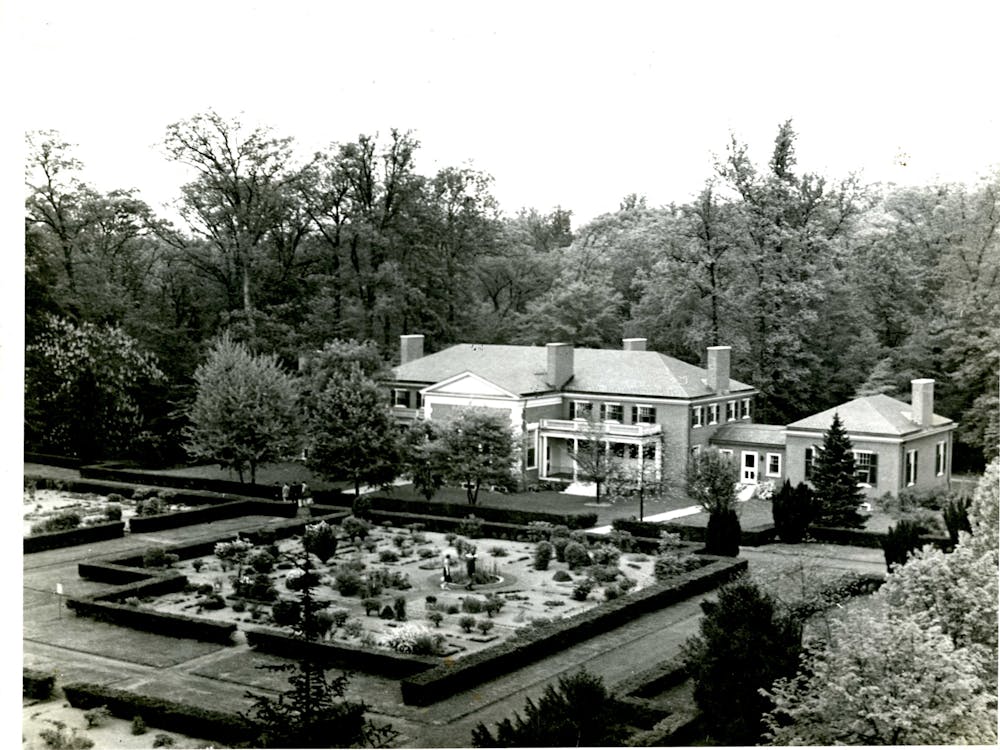The path forward: 1987 through 2016
Only a few decades ago, the LGBT+ community at Hopkins struggled to establish a presence on campus. Now, Hopkins students who identify as lesbian, gay, bisexual, transgender and queer have a number of resources and support groups available to them. But the road there was not easy.
David Horowitz, class of 1987, served as vice president of the Gay and Lesbian Alliance (GALA) during a turbulent time in the gay rights movement. After graduating, he went on to co-found the Lesbian and Gay Alumni Association (LAGA) in 1987, the first LGBT+ alumni group at Hopkins. Horowitz described what it was like to be LGBT+ on campus before the creation of today’s support networks.
“The environment on campus [back then] is really hard to describe for students today,” Horowitz said. “It was really difficult to be out. You grew up gay back in those days, and you thought you were the only one. Until you met other people, you had no idea how many other people in the world were gay.”
GALA’s meetings provided a place for Horowitz to connect with other LGBT+ students at Hopkins, but the social attitude at the time was not accepting of his sexual orientation. Some people, particularly gay men who weren’t involved in the group, avoided Horowitz because he was publicly out and they did not want to be associated with the gay community.
“On campus, you were alone,” Horowitz said.
The significance of the meetings quickly became apparent, and he befriended Joshua Einhorn, with whom he co-founded LAGA. They were no strangers to social intolerance.
“The most important thing I got out of being involved with the organization was identification with other students at Hopkins,” Horowitz said.
Einhorn, class of 1986, who served as the president of GALA, spoke about the resistance they encountered with the formation of LAGA. He reached out to the Alumni Association and explained that there was no existing organization for LGBT+ alumni, hoping they would promote their new group.
“They said to me a definitive, unilateral, unequivocal no,” Einhorn said. “I was flabbergasted. Even to this day, I’m getting chills because it was so flabbergasting.”
With the Alumni Association unwilling to help, he turned to Johns Hopkins Magazine. Einhorn asked them to include a small advertisement promoting their group, but received another unwavering “no.”
However, Einhorn and Horowitz did not let this resistance get in their way.
“We were not beaten down,” Einhorn said. “While I was told two unequivocal ‘no’s’ from people in power, it didn’t stop us. Life’s full of obstacles. They said no, and I moved right along as if they had said yes.”
Einhorn remembered specific examples of the individual impact their group had on the greater Hopkins community.
“A gentleman from Texas said, ‘Knowing that [LAGA] exists is so heartening to me and so earth-shattering that this is happening in my lifetime. Thank you,’” Einhorn said. “The impact, especially for the older generation, was such a great thing.”
The new LAGA members marched in annual gay pride parades.
“We ended up having about 200 members. And how did we promote it? We got ourselves a banner and marched in the annual gay pride in Baltimore, Washington D.C. and New York City,” Einhorn said.
Einhorn thinks they could have helped many more if the Alumni Association had lent their support.
“There are a lot of people who could have been involved had these people in positions of power made a difference,” Einhorn said.
Horowitz recalled far fewer participants among undergraduates on campus.
But even with their limited numbers, they were active in the community.
“In the discussion group meetings we’d have about twenty people a week,” Horowitz said.
The group helped lobby Baltimore City Council to protect against discrimination.
“The gay and lesbian student group was involved with a lot of lobbying efforts in 1986 to get a gay civil rights bill passed in the Baltimore City Council. It was a law that protected against discrimination in public accommodations and public employers,” Horowitz said. “The medical students dressed up in their white coats and went down to City Hall to make the point that there are doctors and students at Johns Hopkins who are going to be affected by this.”
GALA successfully helped enact change, both within the local community and the University administration.
“The administration was actually, in many respects, more liberal than the student body,” Horowitz said.
However, LGBT+ members of the current Diverse Sexuality and Gender Alliance (DSAGA) board spoke about the difficulties they still face today. Specifically, they say that the University has dragged its feet on vital policy updates.
Some members of the DSAGA executive board spoke anonymously because they are not fully out to everyone in their lives.
“I fear that the people running the school don’t care as much,” the DSAGA Publicity Chair said. “They made up some excuse as to why they didn’t want to change the bathroom signs to be gender-neutral, which is frustrating.”
DSAGA board members agreed that the social attitude toward LGBT+ issues has definitely improved since the 1980s.
However, the DSAGA Director of Operations said that there is definitely room for improvement.
“I think there’s actually quite a large contingent of people who are explicitly hostile,” they said. “The modern cultural zeitgeist leans more toward left values at the moment, but they’re ready to crop back up again as soon as the cultural zeitgeist in the country shifts. The overall progressive leaning of colleges in general prevents hateful people from becoming known.”
Members of DSAGA say that it is as meaningful as GALA was in the 1980s because it provides a safe space to connect with other LGBT+ students. The Publicity Chair believes that the community today can cast a wider net.
“Here, I feel like we’re in a position where we can focus more on [sexual and gender] identities,” they said.
Einhorn acknowledged that other identities and orientations were significantly underrepresented in GALA.
Horowitz recalls an awareness of some other sexualities, but agrees that other sexual and gender identities were not as prevalent within the organization.
He recalled difficulty in engaging with women because they were uncomfortable in a male-dominated space.
“I won’t lie, the men dominated things for a long time,” he said “Transgender issues were never discussed. People just didn’t talk about it back then, and we certainly didn’t have any members who were known to us to be transgender.”
Horowitz imagined it would have been terrifying to be out as transgender during that time.
“Things have changed so much for the better now,” Horowitz said.
However, DSAGA members said that they still do not feel comfortable being out in many communities because of the backlash they may face.
They said that Americans today feel as though the struggle of the LGBT+ community ended with the implementation of nation-wide marriage equality in 2015, which reduces society-wide interest in the ongoing problems faced by members of this community.
The DSAGA Publicity Chair emphasized that the issues faced by the LGBT+ community are not over.
“Here, I think we’re doing better,” they said, referring to the safe space offered by DSAGA meetings. “But there are also places where it’s not better.”
DSAGA Treasurer JoJo Castellanos spoke about the importance of having support groups for LGBT+ students on campus and what it has personally meant for him to be a part of DSAGA.
“My [high] school didn’t really have a space where it was okay to be queer so it was really hard for me to find a queer community,” Castellanos wrote in an email to The News-Letter. “Once I came to Hopkins, it was the first time I really felt that I wasn’t alone in respect to my identity because there were other people who were visible. DSAGA was really the first time that I saw a community of peers, who were around my age, who were comfortable being out and being themselves.”
Castellanos urged students to take advantage of the resources at the University that can help provide a sense of community and inclusion.
“This is why… I reach out to even more students who might be struggling or questioning. Even though our members may come sporadically, I hope that they know that they are always welcome to come back and that this is a space specifically for them,” Castellanos wrote. “I know as an executive board we are as inclusive as possible with our events, too, so that nobody feels left out in regards to different intersections of their identities, whether it be queer-related or not.”























Please note All comments are eligible for publication in The News-Letter.